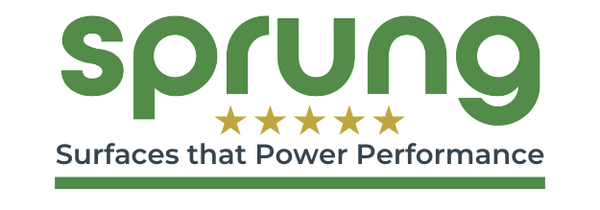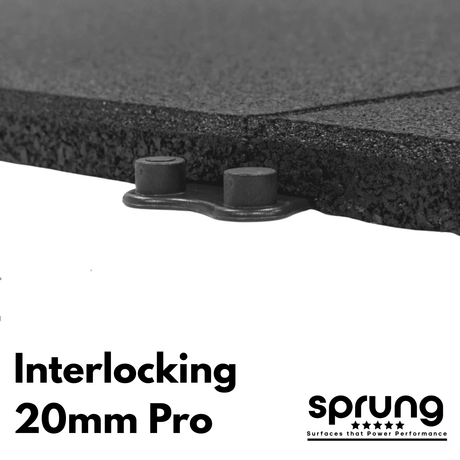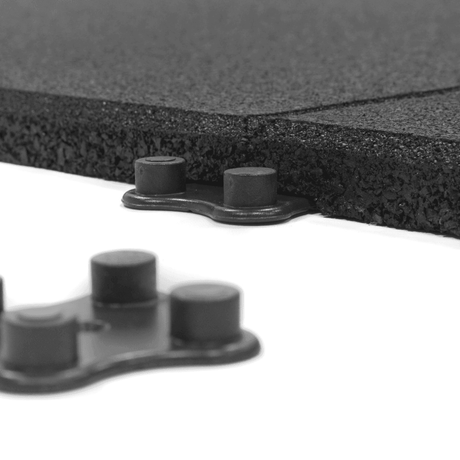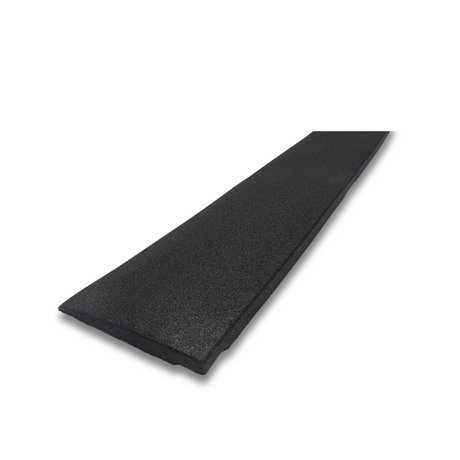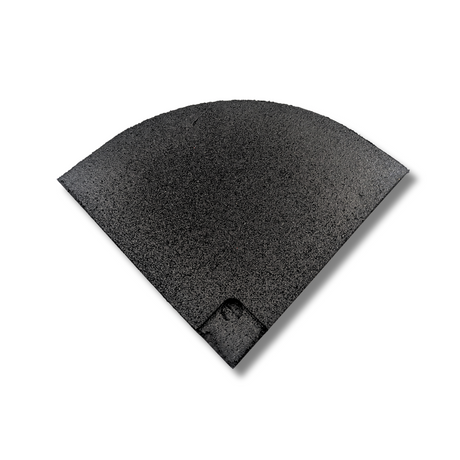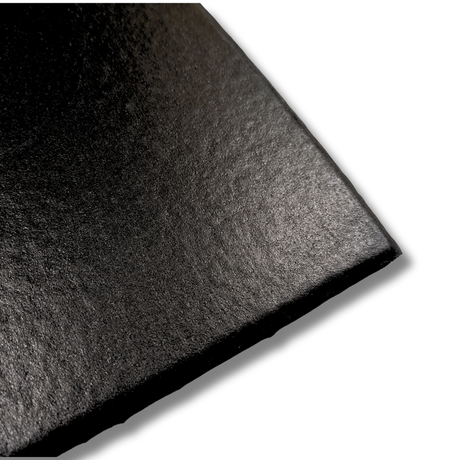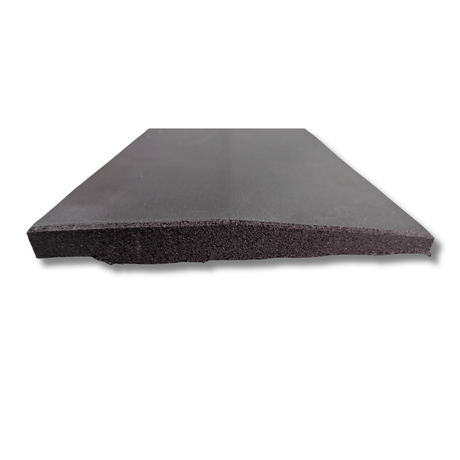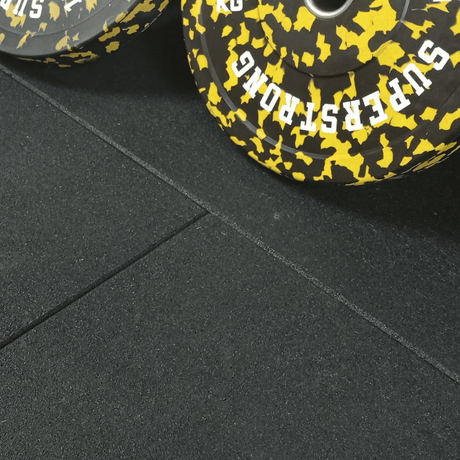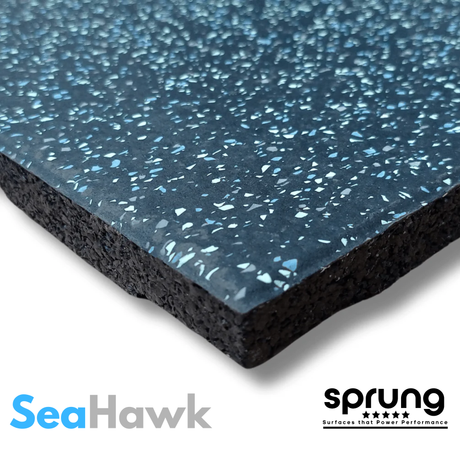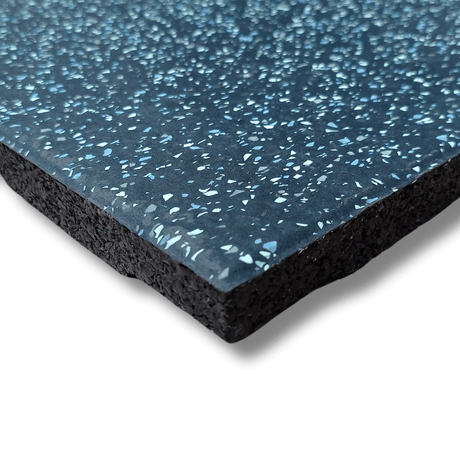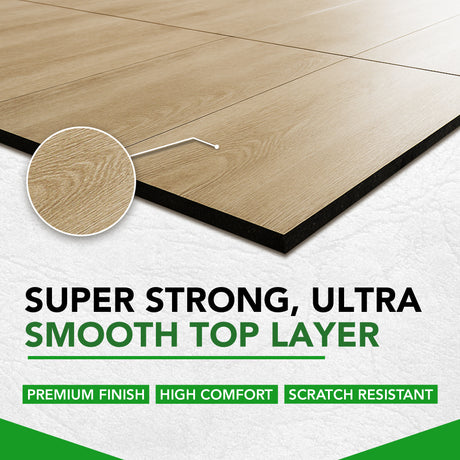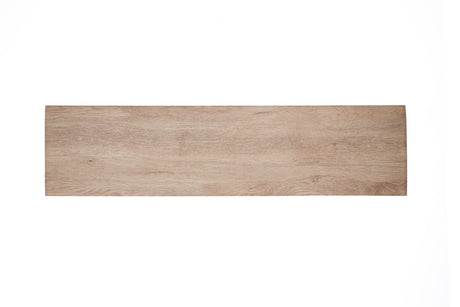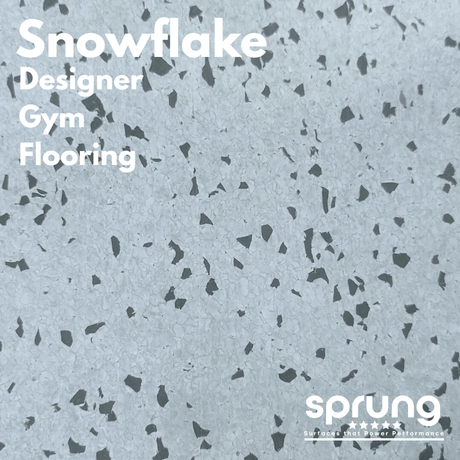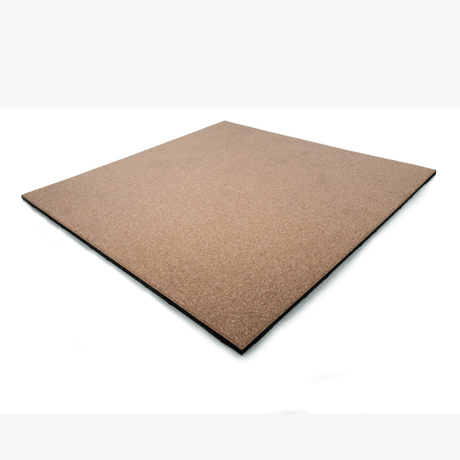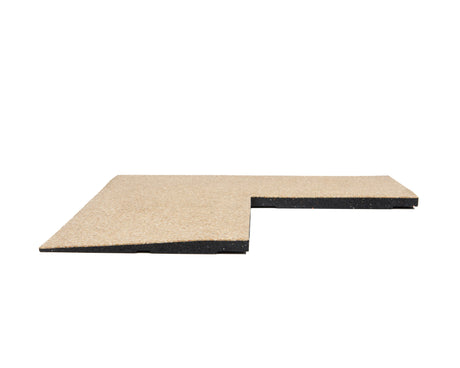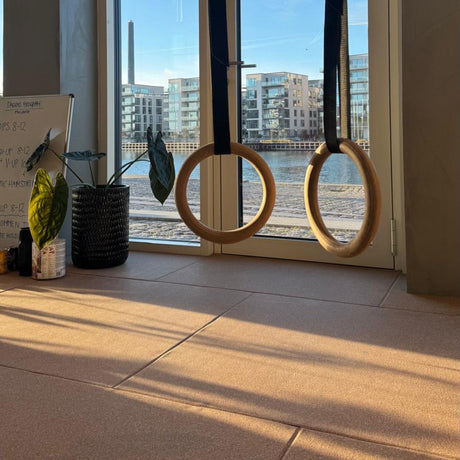Imagine working out in your home gym, and the floor beneath your feet is warm and supportive year‑round. That’s the advantage when you combine the right gym flooring with an underfloor heating system. If you’re planning a home gym, especially in a garage or basement, you’ll want a solution that delivers performance, durability and comfort.
In this guide you’ll discover how to choose gym flooring for underfloor heating, what materials work best, what thickness you should aim for, and how to avoid common pitfalls.
Why Underfloor Heating Works for Home Gyms

Underfloor heating systems (whether wet hydronic pipes or electric mats) heat the room evenly, creating a comfortable environment for training without bulky radiators. A well‑insulated gym with underfloor heating means you can stay active in colder months without turning up the heating drastically.
When you lay gym flooring over the underfloor heating, you have two goals:
- Ensure the flooring material allows the heat to transfer effectively so the system remains efficient and be compatible with changing temperature.
- Provide a surface that can handle heavy gym use - heavy weights, high‑impact training, noise, vibration, and spillages.
Getting this balance right means you’ll have a floor that’s warm, safe, and fit for purpose.
What to Look For: Key Considerations

Heat transfer and thermal conductivity
The flooring you choose must not act as a barrier preventing the heat from the system reaching the surface. The best flooring for underfloor heating is one that efficiently transfers heat from the UFH to the surface of the floor. Materials with high thermal conductivity (stone, tile) top the list, but in a gym environment we need to consider rubber or specialised gym flooring too. Stone and tile do not work well in a gym setting, the material is not practical and it can be unsafe and uncomfortable to train on.
Maximum surface temperature
Many manufacturers recommend the surface of the floor should not exceed certain temperatures (often around 27°C) when using underfloor heating with more sensitive coverings. For gym flooring, you’ll want to check the product suitability for underfloor heating and confirm it can handle the thermal cycling of a heated sub‑floor.
Thickness of the flooring and “tog” rating (or equivalent)
Every layer between the heat source and the room air reduces the heat output. Flooring that is too thick or has a high tog value (in carpets) will reduce system performance. In a gym setting you’ll often see rubber mats of 20 mm (and sometimes 30 mm) thickness. The question becomes: how much is too much? More about this below.
Sub‑floor preparation
A level, dry, stable sub‑floor is essential. If you’re installing over a concrete subfloor, you’ll likely have your underfloor heating system embedded or laid beneath. The surface needs to be ready for the gym flooring: clean, even, and compatible. Poor sub‑floor preparation affects both heat transfer and the gym flooring’s durability.
Waterproofing, wear‑resistance and shock absorption
Gym floors get heavy use: free weights, cardio machines, high‑impact training, even occasional drops. You’ll need flooring that is durable, with good shock absorption, slip resistance, an easy to clean surface and preferably waterproof or moisture‑resistant (important for underfloor heating systems too). Many luxury gym flooring options emphasise these traits.
Material Options: What Works for Gym Flooring Over Underfloor Heating

Rubber flooring
Rubber is a popular choice for gym floors thanks to its shock absorption, noise reduction and durability. But is it suitable over underfloor heating? Yes - rubber flooring tiles and rolls are suitable for all types of underfloor heating system and can withstand the varying temperature changes.
Best practice tips:
- Choose a rubber tile or roll that is approved for use with underfloor heating.
- Ensure the flooring manufacturer specifies the maximum surface temperature.
- Like with all flooring, when installing, allow for slight expansion/contraction due to temperature changes.
- If you are installing rubber tiles, avoid too much thickness if you want efficient heat transfer.
Mixed‑use or luxury gym flooring (20mm & 30mm thick options)
If you’re going for luxury gym flooring or thick gym mats, you’ll often see 20 mm as the most popular starting point and 30 mm and above for heavy weight areas. These thicker gym floors are great for high‑impact training, but the thicker the mat, the more insulation from the heat below, reducing your underfloor heating efficiency.
Actionable advice: If you're using 30 mm thick rubber tiles, make sure your heating system is designed for that extra height and that the product is still rated for underfloor heating. If not, consider using a slightly thinner flooring in the heated zone, or design the heating system output accordingly.
Concrete, tiles, or specialised roll‑on flooring
While these are more commonly used in living spaces or professional gyms, they also can be used with underfloor heating. The key advantage: hard surfaces allow excellent heat transfer. However for home gyms you’ll still need good shock protection (e.g., add a rubber mat overlay) if you’ll be dropping weights. The main takeaway: hard flooring works great for heat, but you must provide suitable protection for gym use.
Carpet or underlay scenarios
Carpet is generally not ideal for high‑impact gym use, and when used with underfloor heating you need to keep to very low tog values (often under 2.5). For a gym I would recommend avoiding thick carpets, selecting rubber or specialist gym flooring is more reliable.
How Thick Should Your Gym Flooring Be?
Many people ask Is 1/4 inch thick enough for a gym floor? (1/4 inch ≈ 6.35 mm) For a typical gym environment where you’ll have free weights, functional training, cardio machines and possibly droppers, 6 mm is far too thin. You’ll want something in the 20 mm range (≈0.8 inch) or more.
- A popular rubber gym mat thickness is 20 mm for moderate use; with a free‑weight drop limit of ~140kg.
- For heavier training (Olympic lifting, heavy weights) the 30 mm thickness is recommended.
Therefore: - For a home gym with moderate use choose at least 20 mm rubber gym flooring.
- If you have heavy free weights, powerlifting or drop weights choose 30 mm (or even more) - but check compatibility with underfloor heating.
- Ensure that flooring is still approved for underfloor heating when thick.
Gym Flooring Thickness Guide

Best Gym Flooring for Underfloor Heating: Practical Selection Criteria
When selecting your flooring, use this checklist:
- Is the product explicitly compatible with underfloor heating? (Check manufacturer’s specs.)
- What is the maximum surface temperature the flooring can handle (e.g., 27 °C)?
- What thickness is it? Will it reduce heat output from your heating system?
- What is the wear specification: is it suitable for high‑impact training?
- Does it have waterproof / moisture‑resistant qualities (important for surfaces over heated screeds)?
- Can it be installed over the type of sub‑floor you have (concrete, screed, plywood over joists)?
- Does the installation impact your floor levels significantly? (Thick mats + heating + screed raise floor height.)
- Do you need underlay or extra insulation? (In gym flooring, an extra underlay is usually not ideal as it might block heat transfer.)
Home Gym Flooring: Installation Tips with Underfloor Heating

- Turn off the underfloor heating system at least 24–48 hours before installing your gym flooring.
- Ensure the sub‑floor is clean, dry, level and stable. Any unevenness will affect both the heating performance and flooring stability.
- If you have a screed over the underfloor heating, ensure it is fully cured (as per installer guidelines).
- Check for floor sensors and thermostats: these help regulate floor surface temperature, which is especially important if your gym flooring material is sensitive.
- Lay the gym flooring per manufacturer instructions, accounting for expansion gaps if rubber tiles or rolls are used.
- Gradually bring the underfloor heating back on once the flooring is in place (if required by flooring supplier) to avoid thermal shock.
- For “high‑impact” zones (e.g. where you’ll drop weights) consider isolating that section or using a thicker mat section to protect the sub‑floor and heating elements.
Common Mistakes to Avoid
- Choosing a flooring that is too thick / with too high a tog value, which limits heat transfer and makes your heating system work harder.
- Installing flooring that is not rated for use with underfloor heating, this can risk damage or lesser efficiency.
- Installing over a poorly prepared sub‑floor - causing uneven surface, cracks, and heat transfer issues.
- Inadequate clearance or underfloor sensor not installed, leading to overheating or damage to flooring materials.
- Assuming all gym flooring is automatically fine with underfloor heating, always check compatibility.
FAQ Section
Can you have underfloor heating in a gym?
Yes, you absolutely can. If you’re building or converting a space into a home gym, integrating an underfloor heating system creates a comfortable training environment. The key is choosing the right gym flooring to go on top so that the heating works efficiently and the surface is suitable for gym use.
Which flooring works best with underfloor heating?
Floorings that allow good heat transfer (hard surfaces like tile, stone) typically perform best. For gyms, rubber flooring works very well over radiant heat, provided it is compatible with underfloor heating.
Is rubber flooring suitable for underfloor heating?
Yes, many rubber gym mats and tiles are compatible with underfloor heating systems. You need to check the product’s specs for compatibility and ensure the surface temperature is kept within safe limits.
Is 1/4 inch thick enough for a gym floor?
No - 1/4 inch (approx. 6 mm) is far too thin for a typical gym environment where you’ll be using free weights, heavy equipment, or high‑impact training. Aim for at least 20 mm thickness in rubber gym flooring for standard use, and 30 mm or more for heavier use.
Do you need underlay for gym flooring?
Usually for gym flooring you do not want an extra soft underlay under the rubber mats, it can act as an insulator and reduce heat transfer from the underfloor heating system. Instead, the gym flooring itself should be the load bearing layer. Underlay makes sense for softer floor coverings (carpet) but in a gym with underfloor heating you’re best off with a direct, solid contact between mat and sub‑floor/heated screed, unless manufacturer guidance states otherwise.
Is 20mm or 30mm better for gym flooring?
It depends on your use case.
- 20 mm is generally sufficient for home gyms with moderate weights and standard training, offers a good balance between shock absorption and heat transfer.
- 30 mm is better for high impact, heavy weights, dropping barbells or Olympic lifting categories, but may reduce heat transfer unless the flooring product is rated for underfloor heating and the system is designed accordingly. Always pick a product that confirms compatibility with underfloor heating when at 30 mm thickness.
Final Thoughts
If you’re investing in a home gym and considering underfloor heating, you’re doing things right. With the right combination of a well‑designed heating system and gym flooring tailored for that environment, you’ll get a warm, high‑performing space all year long.
Focus on flooring that’s explicitly rated for underfloor heating, check its thickness and suitability for your training style, prepare your sub‑floor properly, and you’ll be set for a great home gym experience.
And remember: warm underfoot doesn’t mean soft and unsuitable. The best gym flooring is resilient (not too rigid), durable, impact resistant, and compatible with your heating system. With the right solution, you’ll be training in comfort and efficiency.

